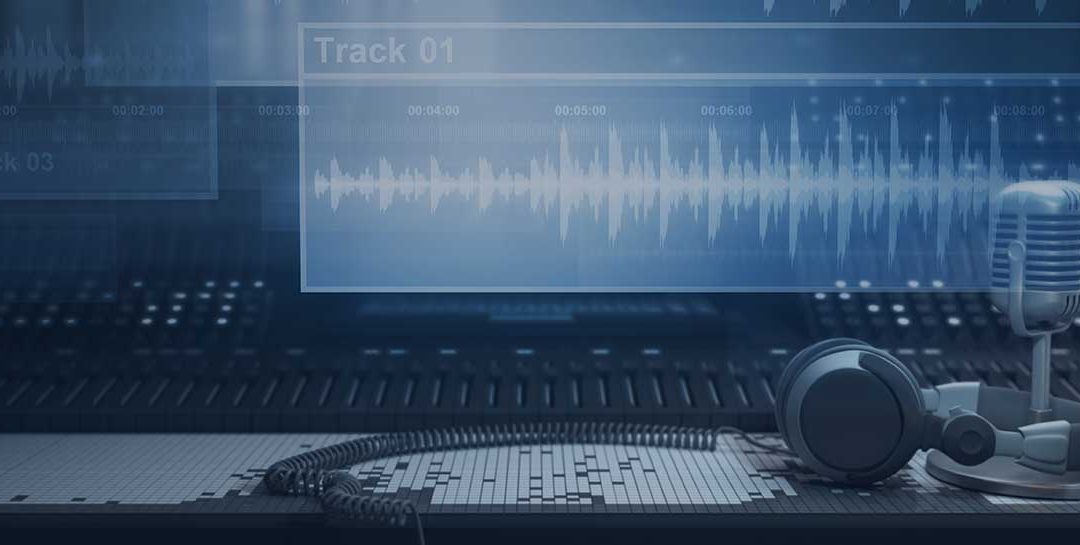1) Is the role of AES67 as a sort-of bridging technology that will allow vertically integrated Audio over IP protocols, such as RAVENNA, Livewire+, WheatNet. to transport audio packets to equipment or studios based on other vertically integrated Audio over IP protocols?
Most vertically integrated manufacturers (e.g., Axia and Wheatstone) — in association with Dante-enabled equipment such as Stagetec, DHD or SSL mixing engines, NTP routers — will continue to focus on their own system approaches for control management (that is, everything except audio streaming).
Since most of them are committed to providing an AES67 interface for audio streaming, broadcasters will be able to select the best technology for every function just as they have been able to do for years with AES/EBU or MADI. And as they did with AES/EBU or MADI, broadcasters will continue to rely on transversal studio managers from specialized editors (e.g. BFE and many others) to control their studios with existing protocols, such as EMBER+ or more proprietary protocols.
2) We understand that AES67 is still evolving, for instance work is ongoing to enable a control layer. Is that true? What other areas might be developed to make AES67 more well-rounded over time -perhaps device discovery?
The AES is currently working on device discovery and control protocols, the whole purpose of which is to extend the interoperability beyond the principle of audio transport. As recent examples, AES70 has been released early 2016, and alliances such as AIMS or AMWA promoting IP technologies for broadcast studios are offically requesting the implementation of the NMOS Open Specifications protocol.
3) What is AES70’s evolution in the industry? What should customers know about AES70 and your interaction with it?
- Unlike AES67 focused on transport and synchronization, AES70 is a door to ocean: Workflow topology, signal descriptions, metadata, scheduling, priorities…
- Convergence is still a long road because other open (NMOS, EMBER+) or proprietary (Wheatnet, Livewire+…) solutions already exist and tend to retain the added value of each System manufacturer.
- Because control is a key point in System approach, Digigram has introduced AES70 control in the roadmap of new 2017 products.


